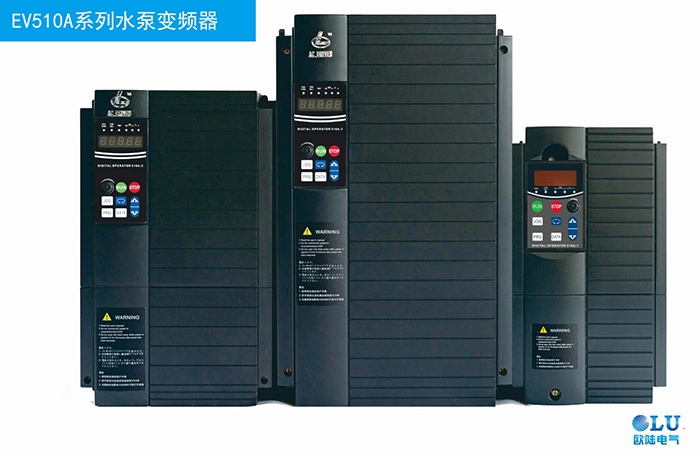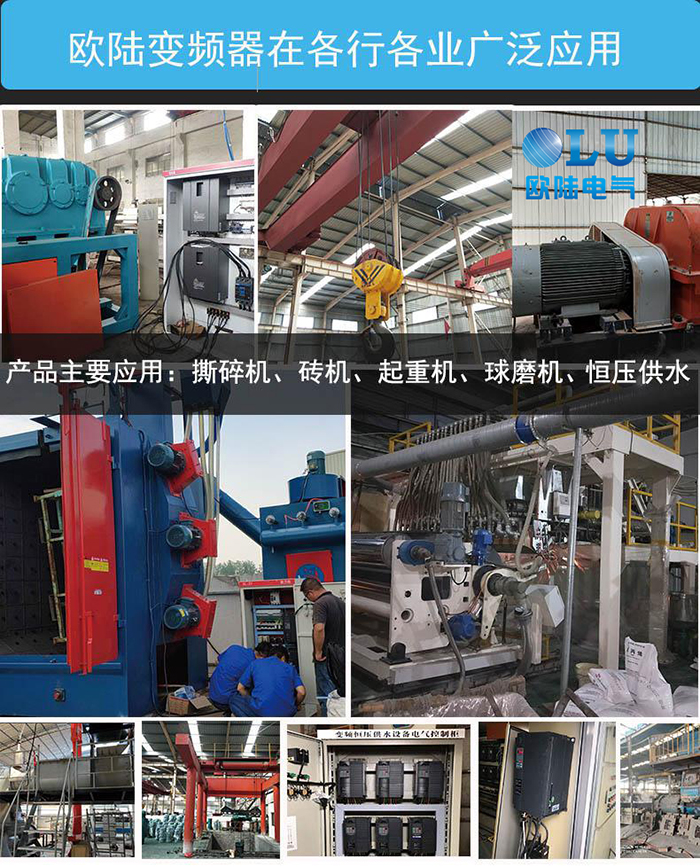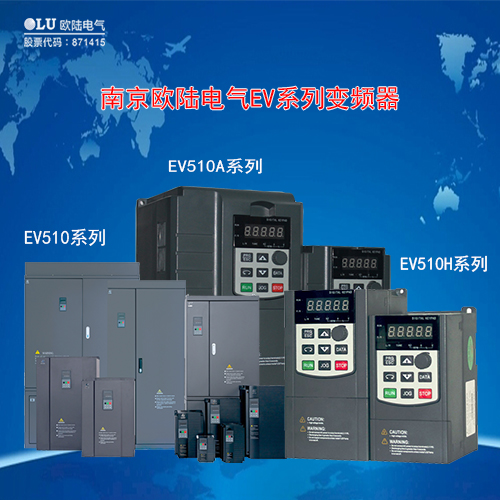How to Determine the Quality of a Frequency Converter? Oulu Electric Teaches You!
Frequency converters have been widely used in industrial automation with increasingly mature and stable performance. However the domestic market is flooded with numerous brands and types of frequency converters making it difficult to choose. Some brands even produce counterfeit or low-quality products for economic benefits disrupting the market. So how can we as buyers distinguish the quality of frequency converters As a market-recognized frequency converter manufacturer Oulu Electric will teach you how to identify quality.
Domestic frequency converters share a common issue they look very similar whether compared to imported products or other domestic brands. This easily misleads buyers into making wrong choices wasting resources and affecting production efficiency. Therefore learning to judge the quality of frequency converters is crucial.

Oulu Electric recommends the following methods to evaluate the quality of frequency converters:
First, we can judge from the appearance of the frequency converter.
Our first impression of a frequency converter starts with its appearance - whether it catches your eye immediately. High-quality frequency converters feature streamlined bodies with innovative designs and stronger visual appeal. Such customized housings require independent design, dedicated mold development, internal component layout optimization, and mass production - all of which involve substantial costs. Only established brands or manufacturers would make such investments. Unknown brands often resort to OEM production, while small manufacturers lack resources for appearance design, resulting in products with no visual distinction or even outdated models.
Second, besides appearance, we can assess quality through craftsmanship.
Not every brand invests in appearance design - many focus on workmanship instead. We can estimate product cost by examining details like housing material quality and flame-retardant ratings. By opening the housing, we can check:
Whether the circuit board layout is rational
If the disassembly process is user-friendly
Some brands make their products extremely difficult to open (without screws), creating maintenance challenges.

After opening the frequency converter housing, the quality can be judged by examining the circuit board workmanship.
Poor PCB layout creates potential failure risks: whether the board uses machine-mounted SMT components, has conformal coating, number of PCB layers, presence of cold solder joints, or crisscrossing copper traces - these reveal a manufacturer's PCB design capability.
Other key quality indicators include: module current rating (affects lifespan), capacitor quality (impacts performance), and cooling duct design (rational airflow greatly improves heat dissipation; poor cooling leads to frequent failures).
These are hardware evaluation methods. When hardware appears similar, examine the software. Most converters modify imported brand software to meet requirements. Manufacturers without source code cannot modify core parameters, limiting future performance upgrades.
The most direct software test method is load testing. Low-frequency high-torque operation best verifies control algorithms: after parameter adjustment, set below 5Hz to check for torque reduction, monitor motor speed consistency, observe output waveform quality, and test with rapid start-stop cycles to measure current/voltage peaks - these effectively evaluate software performance.

The above content is Oulu Electric's reference guide for evaluating frequency converter quality. As a manufacturer with independent R&D capabilities and production facilities, Oulu Electric operates under its own brand "Oulu Frequency Converter". Our specialized and general-purpose converters have been widely applied in industrial markets with consistent customer approval. We welcome all clients and provide complete technical solutions for product selection.